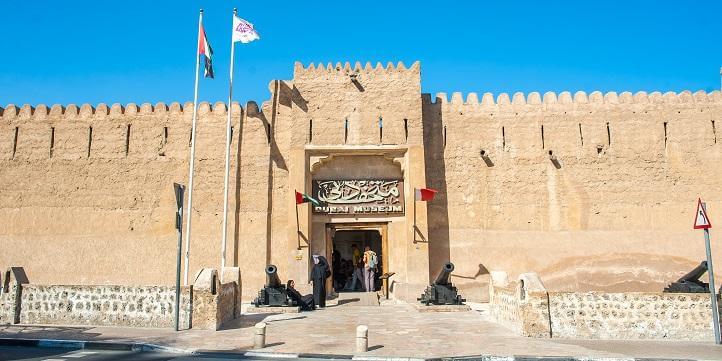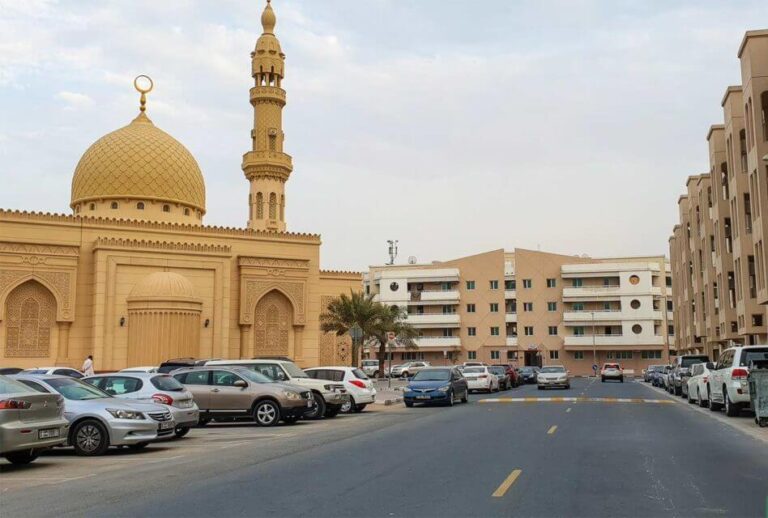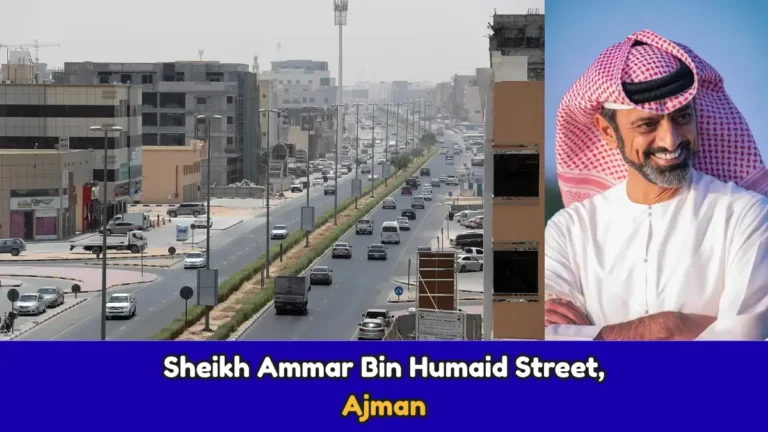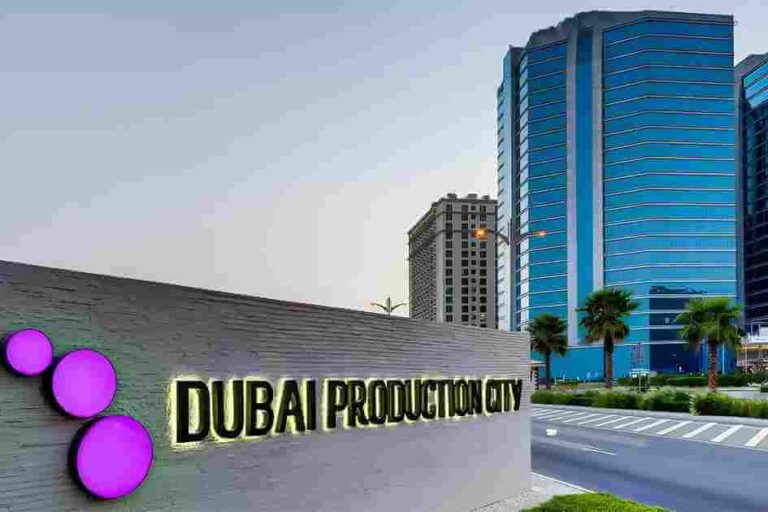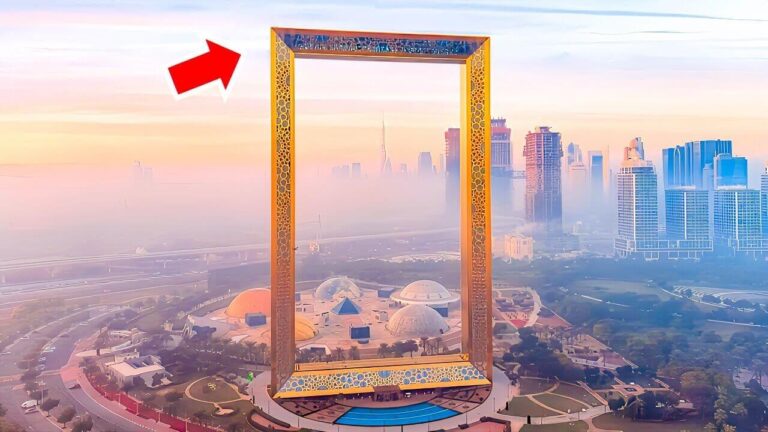Al Fahidi Fort, UAE: The Historic Heartbeat of Old Dubai
In a city defined by gleaming towers and futuristic ambitions, Al Fahidi Fort stands quietly defiant—a structure built in 1787 that predates the birth of the UAE itself. This is not just Dubai’s oldest surviving building; it’s a sentinel of history, holding within its coral walls the echoes of Bedouin life, the scent of spice-laden souqs, and the spirit of a desert city reborn through time. Today, Al Fahidi Fort serves as the home of the Dubai Museum, offering a vivid immersion into the Emirate’s past before oil redefined its future.
A Living Monument to Dubai’s Origins
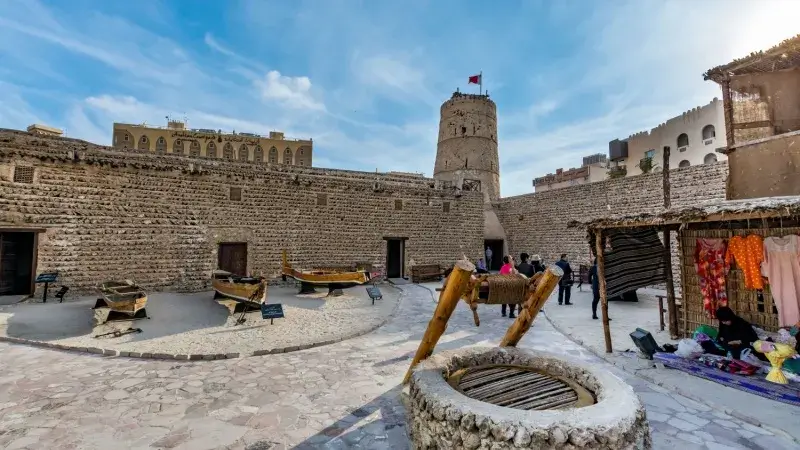
Al Fahidi Fort isn’t merely a historical relic—it’s a narrative carved in coral and mudstone. Originally built as a defensive stronghold, the fort protected the city from tribal raids and invasions via landward routes. Over the decades, it has been a royal residence, military base, weapons depot, and prison.
Its strategic location in Bur Dubai, adjacent to Dubai Creek, made it a linchpin in the Emirate’s early security and governance. The fort was repurposed in 1971—the same year the United Arab Emirates was founded—to become the Dubai Museum, reinforcing its status as a cultural beacon amid the skyline of modernity.
Architectural Identity: Coral Walls and Wind Towers
Built with locally sourced materials like coral stone, gypsum, palm trunks, and mud, the fort is a superb example of traditional Emirati architecture. Its square-shaped design features defensive towers on three corners, with high, thick walls that reflect both function and aesthetics. The internal courtyard hosts cannons, wells, dhows, and the traditional “arish” (a summer house made of palm fronds) topped with a wind tower—an ancient form of passive cooling that predates electricity.
The fort’s raw, tactile surfaces sharply contrast with the chrome and glass of present-day Dubai, reminding visitors of a simpler, yet no less dignified, era.
Inside the Dubai Museum: Immersive Time Travel
Descend a spiral staircase in the southwestern tower and you’re transported into a different century. The galleries beneath the fort offer more than static displays—they provide a cinematic reenactment of life in 19th-century Dubai. Life-size dioramas recreate a bustling souq along Dubai Creek, complete with vendors, pearl merchants, blacksmiths, and tailors. Soundscapes of trade, conversation, and traditional music fill the air, immersing visitors in an experience that is both educational and emotional.
Key Exhibits and Dioramas
- Desert Life: Encounter Bedouin tents, camels, desert wildlife, and date farms, along with traditional jewelry and tools used for desert survival.
- Domestic Culture: A traditional Emirati house and mosque reveal the intimate rituals of family life, faith, and hospitality.
- Maritime Heritage: Walk through the largest diorama, depicting Dubai’s deep connection to the sea, dhow building, pearl diving, and fishing.
- Archaeological Legacy: See ancient artifacts from Al Qusais and Jumeirah dating back to 3000 BC, including skeletons, tombs, and excavation tools.
Restoration and Cultural Preservation
In 2021, Al Fahidi Fort entered a new chapter. His Highness Sheikh Hamdan bin Mohammed bin Rashid Al Maktoum, under the guidance of the Dubai Ruler’s Court, initiated a comprehensive renovation to restore the fort while retaining its authenticity. This effort is part of a broader initiative to preserve Dubai’s tangible heritage amidst rapid urban growth.
The renewed structure will blend futuristic design elements with traditional aesthetics, ensuring that Al Fahidi Fort continues to educate and inspire future generations.
Exploring the Al Fahidi Historical Neighbourhood
While the fort itself remains closed for renovations as of now, visitors can still explore the surrounding Al Fahidi Historical Neighbourhood. This district is a labyrinth of narrow alleyways, wind-towered houses, and artisan cafes—each echoing stories from Dubai’s pre-oil era. It offers a pedestrian-friendly cultural journey through restored heritage homes, art galleries, and calligraphy workshops.
You can pair your visit with a stop at the Sheikh Mohammed Centre for Cultural Understanding, just a few steps away, to further enrich your appreciation of Emirati traditions.
Getting There
Al Fahidi Fort is easily accessible via:
- Dubai Metro: Al Fahidi or Al Ghubaiba Station
- Public Buses: Routes that pass through Bur Dubai
- Car or Taxi: Located near Dubai Creek, opposite the Grand Mosque in Bur Dubai
Why Al Fahidi Fort Still Matters
In a world that often races toward the future, Al Fahidi Fort is a rare place that anchors you in the past. It reminds us that before the Burj Khalifa pierced the sky, there were mudbrick homes, bustling souqs, and people who thrived by the sea and sand. The fort’s layered history is not just Dubai’s heritage—it’s a mirror of the UAE’s evolution.
For travelers, students, historians, and locals alike, this site is more than a museum. It is a time capsule, a classroom, and a call to remember where it all began.
FAQs About Al Fahidi Fort, Dubai
Is Al Fahidi Fort currently open to the public?
As of 2025, Al Fahidi Fort (Dubai Museum) is closed for renovations. However, the surrounding Al Fahidi Historical Neighbourhood remains open to visitors.
What can you see inside Dubai Museum?
Inside the museum, you will find immersive dioramas of desert life, maritime trade, traditional homes, a model souq, and archaeological artifacts from 3000 BC. Sound and light effects enhance the storytelling.
How old is Al Fahidi Fort?
Al Fahidi Fort was built in 1787, making it the oldest standing structure in Dubai.
What materials were used to construct the fort?
The fort was constructed using coral rock, mud, gypsum, palm trunks, and other local materials that suit Dubai’s arid climate.
What is the historical importance of the fort?
It served as a defensive structure, royal residence, government center, prison, and now a museum—documenting Dubai’s transformation over centuries.
How do I reach Al Fahidi Fort?
Use the Dubai Metro (Al Fahidi Station), public buses (Bur Dubai routes), or taxi/car to reach the site near Dubai Creek.
For more expert insights into Dubai’s historical landmarks and cultural experiences, visit TheDubaiWeb.com — your guide to the city’s rich past and dynamic present.
- Al Nahda 2 Postal Code, UAE – Complete & Accurate Guide (Dubai) - December 29, 2025
- La Mer Beach Dubai Guide – Free Entry, Things to Do & Best Time to Visit - December 28, 2025
- Umm Suqeim Night Swimming Beach Dubai, UAE - December 28, 2025

